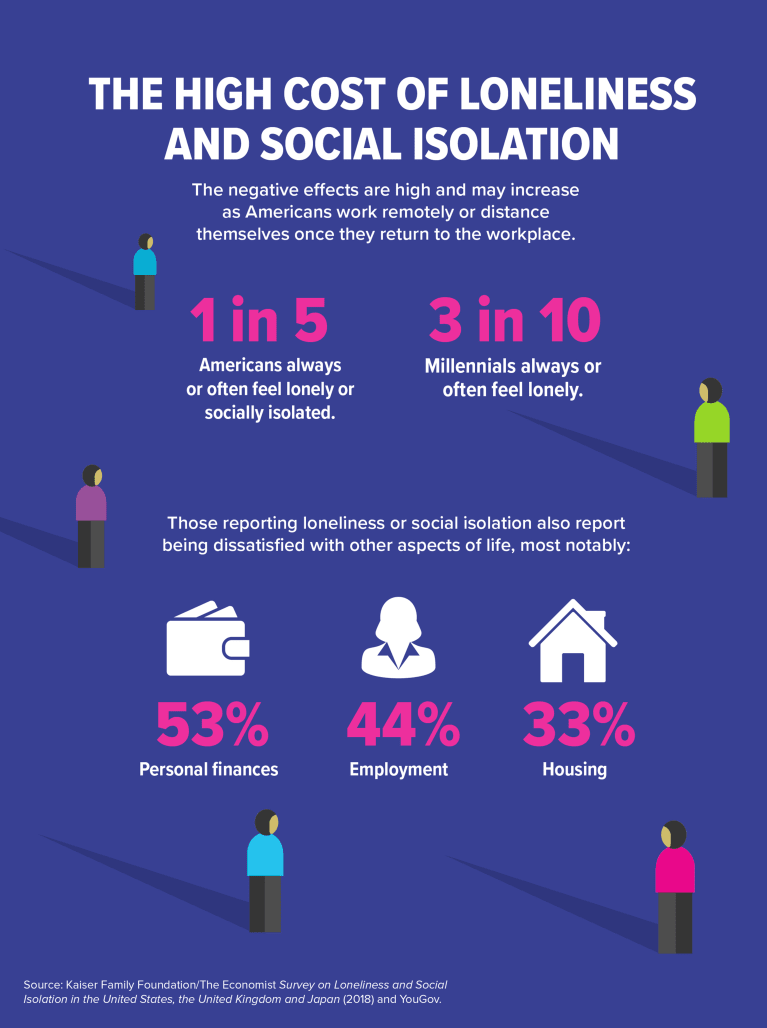
The Urban Paradox: Why Loneliness is Rising Among City Youth
Cities are often seen as vibrant hubs of connection, teeming with millions of people, endless opportunities, and a constant buzz of activity. For young people, they represent independence, excitement, and a chance to build a life surrounded by peers. Yet, beneath the surface of this bustling energy lies a growing paradox: loneliness is becoming an increasingly prevalent issue among urban youth. While surrounded by crowds, many young city dwellers feel profoundly isolated. Why is this happening? The answer lies in a complex interplay of digital culture, urban structure, economic realities, and shifting social norms.
One of the most significant contributors is the Digital Paradox. Young people today are more connected online than any previous generation. Social media platforms offer constant streams of updates, likes, and comments, creating a feeling of connection. However, this often comes at the expense of deep, meaningful in-person interaction. Curated online lives filled with highlights can foster comparison and inadequacy, making individuals feel less-than or left out. The sheer volume of superficial digital interactions can dilute the need or perceived need for authentic, face-to-face relationships, which are crucial for combating loneliness. In a city context, where physical proximity is high but social connection can be low, it’s easy to retreat into the digital world instead of navigating the complexities of building real-world community.
Adding to this is the fundamental nature of Urban Anonymity and Transience. While cities have high population density, they can also be incredibly anonymous places. You might live in a building with hundreds of people but know none of your neighbours. Interactions are often transactional – with shopkeepers, commuters, service providers – lacking the informal warmth found in smaller, more tightly-knit communities. For youth moving to the city for education or work, this anonymity can be particularly jarring. They might leave behind established support networks (family, childhood friends) and struggle to forge new, deep connections in an environment where people often keep to themselves or are constantly on the move, whether within the city or relocating entirely for opportunities.
Economic Pressures and Lack of Affordable Spaces also play a crucial role. Cities are expensive. High rents often mean young people live in smaller spaces, making it difficult or impossible to host friends or build social circles at home. The cost of leisure activities – going out for drinks, meals, or entertainment – can be prohibitive, limiting spontaneous social gatherings. Furthermore, the decline of truly accessible and affordable public spaces that foster casual interaction – like community centres, parks that feel safe and welcoming for simply being, or independent cafes that aren’t just workspaces – means fewer opportunities for serendipitous encounters and the organic development of community ties.
The relentless Pace and Pressure of City Life also contributes to isolation. Urban environments are fast-paced and often highly competitive. There’s pressure to succeed professionally, academically, and socially. This can lead to long working hours, demanding study schedules, and a feeling that there’s simply not enough time or energy left for nurturing friendships. When free time is scarce, young people might prioritize rest or solitary activities over making the effort required to meet up and connect with others, even if they crave that connection. The constant stimulation and noise of the city can also be draining, leading some to withdraw and seek solitude, which, if excessive, can deepen feelings of loneliness.
Moreover, the Decline of Traditional Community Hubs impacts youth connection. While cities have countless venues, the traditional anchors of community – like local religious institutions, neighbourhood associations, or even just a vibrant, walkable high street with independent businesses where people linger and chat – may be less relevant or accessible to young, mobile populations. They might not feel a strong tie to their immediate geographic neighbourhood, instead relying on city-wide networks that require more effort to navigate and maintain.
Finally, Shifting Social Norms and Expectations around independence can inadvertently isolate youth. While independence is valuable, the emphasis on self-reliance can sometimes discourage seeking help or admitting vulnerability, including feelings of loneliness. There might be a fear of appearing needy or unsuccessful if one isn’t constantly surrounded by friends or activities, especially given the curated images presented online.
Addressing rising loneliness among city youth requires a multi-faceted approach. It involves fostering spaces – both physical and digital – that encourage authentic connection, acknowledging the economic barriers to socialising, promoting a healthier balance between work/study and social life, and openly discussing the importance of mental well-being and community belonging. Recognizing the unique challenges faced by young people in urban environments is the first step towards building cities that are not just full of people, but genuinely full of connection.

” title=”
The Urban Paradox: Why Loneliness is Rising Among City Youth
“>
(red)
